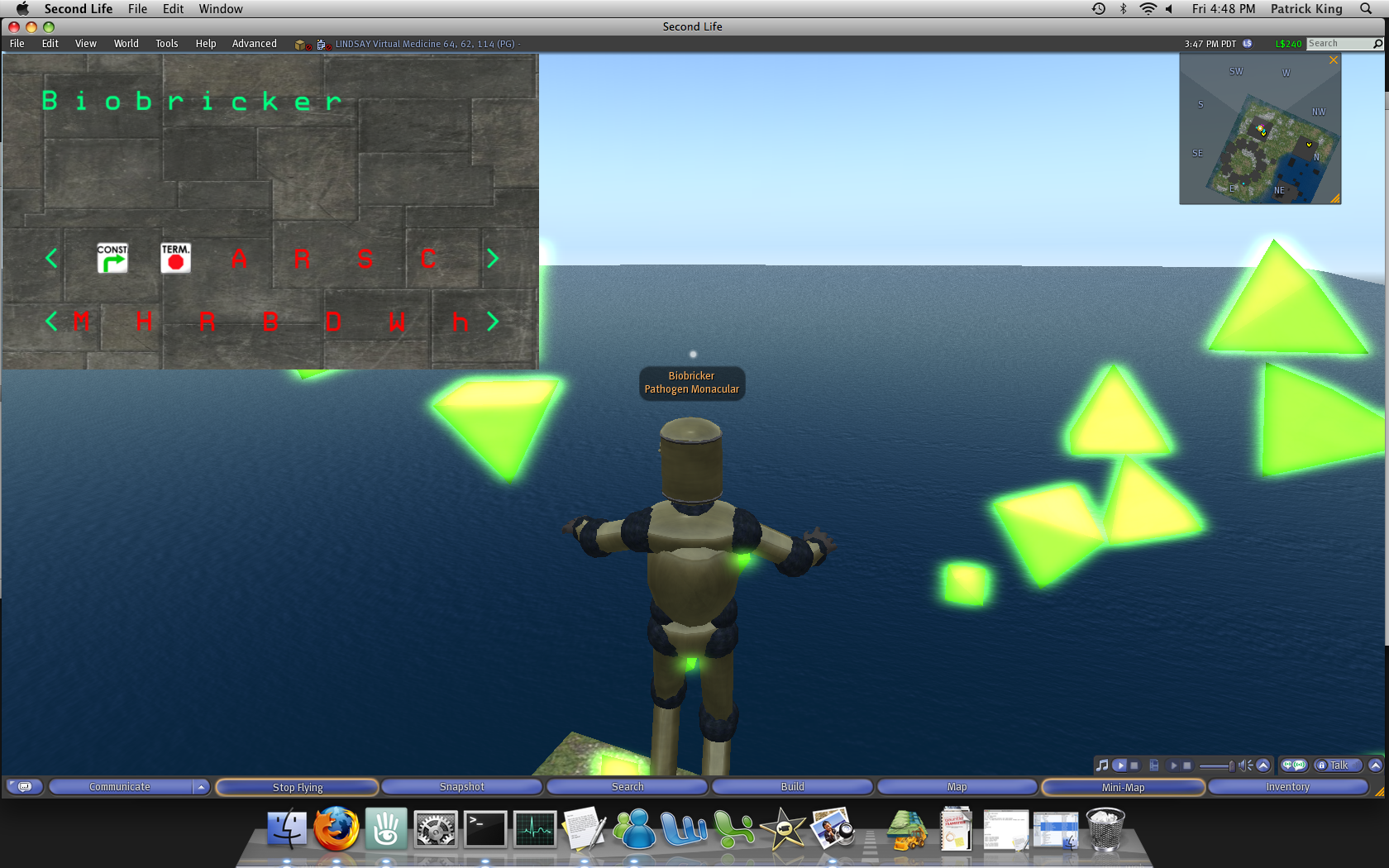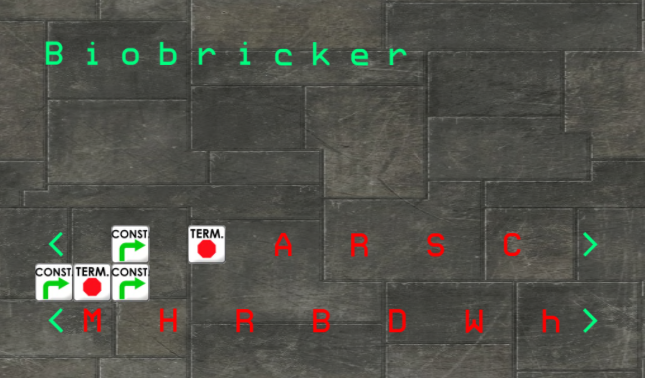Team:Calgary/14 August 2009
From 2009.igem.org
(Difference between revisions)
| Line 517: | Line 517: | ||
<br> | <br> | ||
<div class="heading"> | <div class="heading"> | ||
| - | + | Parameter optimisation of signalling pathway without AI-2 present | |
</div> | </div> | ||
<br> | <br> | ||
<div class="desc"> | <div class="desc"> | ||
</html> | </html> | ||
| - | + | Using the SimBiology toolbox at the command line level, I figured out how to optimise parameters within our signalling pathway without AI-2 present. To accomplish this, I first ran the simulation with our (very rough) parameter approximations, as provided by Carol, Chinee and Kevin. I then made up a set of GFP output data with respect to time. This fabricated set did not match the GFP output with our original parameter approximations. The rationale is that if we can implement a way of optimising our parameters to fit a set of data, we will be able to do the same when we actually have a real set of data to work with. Graphs will be put up closer to the end of the project, but here are some interesting numbers for comparison: | |
| + | |||
| + | BEFORE OPTIMISATION | ||
| + | R-squared value of simulated GFP output and my made-up data: -203 | ||
| + | |||
| + | AFTER OPTIMISATION | ||
| + | R-squared value of simulated GFP output (with new parameter estimates) and my made-up data: 0.9911 | ||
| + | |||
| + | The next step is to write a script for this so that it may be automated. As well, I will figure out how to work the sensitivity analysis so that we don't waste time and iterations on parameters that really don't make a difference. | ||
<html> | <html> | ||
Revision as of 07:27, 17 August 2009
UNIVERSITY OF CALGARY

 "
"












